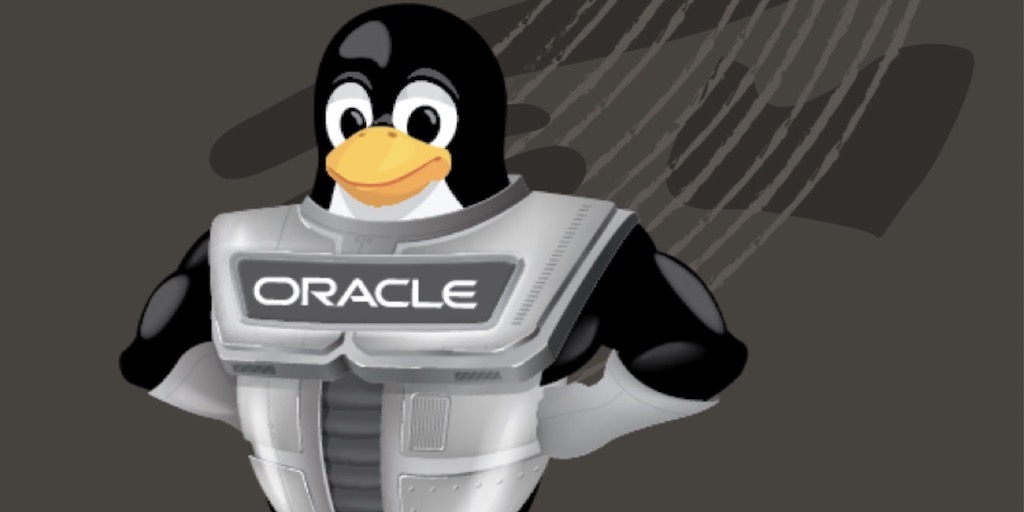Save time and money with Oracle Linux Automation Manager
To meet changing stakeholder demands, IT environments must be flexible and scalable on demand. But as the IT estate expands, manual configuration and deployment are simply too slow (and error-prone) to keep pace. To introduce much-needed automation to infrastructure provisioning and management, Oracle offers Oracle Linux Automation Manager to Oracle Linux Premier Support customers. What […]
Save time and money with Oracle Linux Automation Manager Read More »





